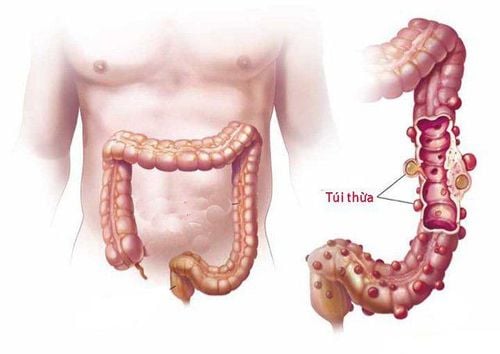This is an automatically translated article.
The article was professionally consulted with Specialist Doctor I Dong Xuan Ha - Gastroenterologist - Department of Medical Examination and Internal Medicine - Vinmec Ha Long International General Hospital.Have you ever wondered how the process of digesting food in humans takes place? Is the human digestive system very complicated? The following information will give you a first-hand look at what happens to food during each stage of the human digestive process.
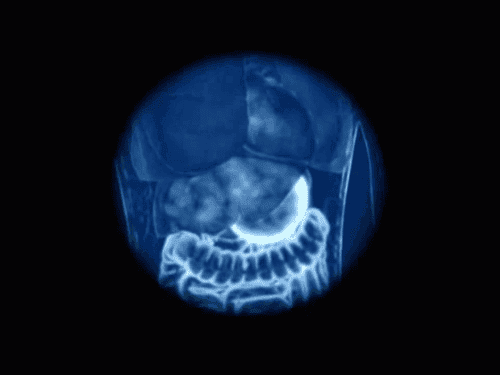
1. Digestive process in humans
Digestion is a rather complex process, helping to convert food into nutrients that the body can use, for growth, energy, and necessary cell repair. In addition to nutrients, the digestive process in humans produces waste products that are then eliminated from the body.The human digestive system (also known as the gastrointestinal system) is a long spiral tube, starting from the mouth and ending at the anus. The process of digesting food is made up of a series of muscles, which work together to create a movement that propels the food away and with the help of cells that produce enzymes and hormones to metabolize and break down food. . In addition, there are three other organs necessary for the digestion of food: the liver, gallbladder, and pancreas.
2. The journey of food metabolism through the human digestive system
The first station: Mouth Mouth is the "departure point" of the digestive system. In fact, the digestion of food begins before you even start chewing the first bite. Specifically, the smell of food triggers the secretion of saliva, making your oral cavity become wet, ready to "welcome" food. As you begin to taste food, the amount of saliva increases.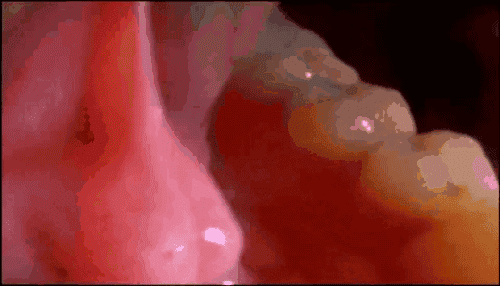
2nd station: Pharynx and esophagus The pharynx (or throat) is the part of the digestive tract that receives food down from the mouth. The lower part of the pharynx is divided into two branches, the esophagus and the trachea. The esophagus is the passageway that transports food to the stomach, while the trachea carries air into the lungs.
The act of swallowing takes place in the pharynx, which is a reflex that is both passive and active. The tongue and palate (cleft palate) are two organs that help push food into the throat combined with the reflex to close the trachea. As a result, food through the mouth only has the only way forward is into the esophagus.
The esophagus consists of muscles that combine to form a tube, extending from the pharynx to the stomach. Food is pushed one way through the esophagus into the stomach by a series of contractions, called peristalsis.
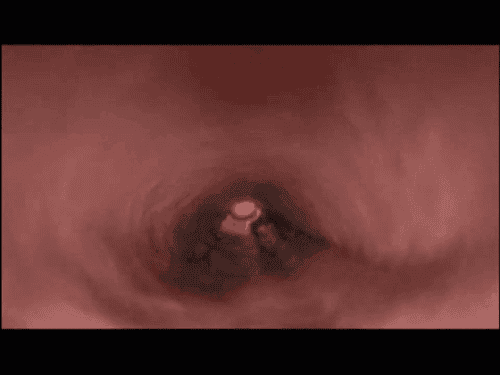
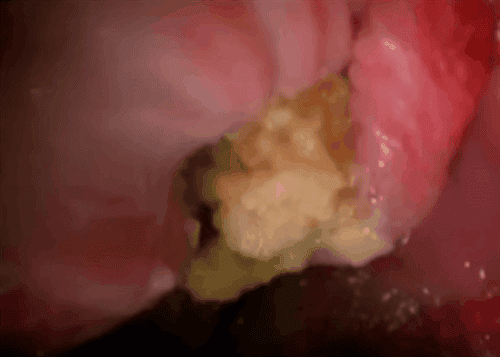
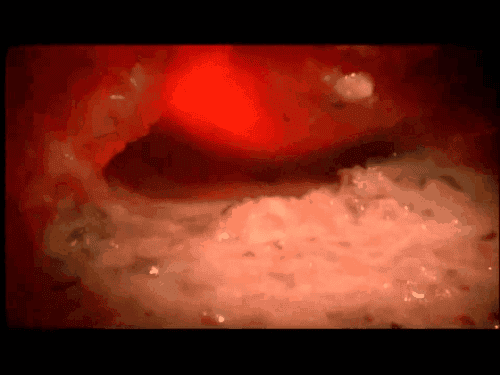
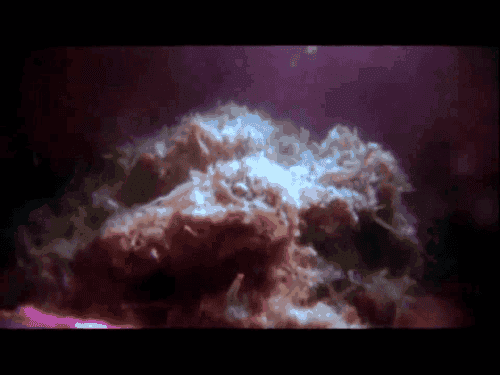
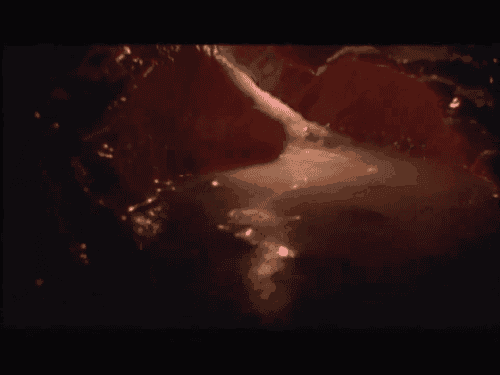
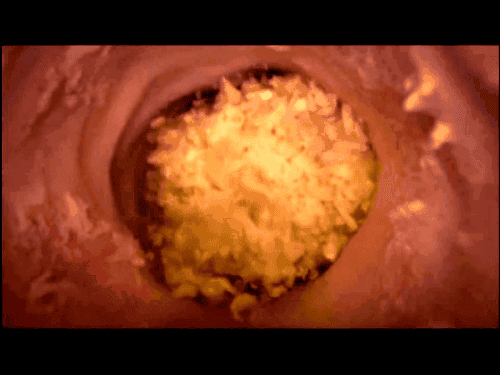
All the organs involved in the digestion of food in the upper part of the large intestine, called the upper gastrointestinal tract. All activity from the large intestine onwards is in the lower digestive tract.
4th station: Colon, rectum, and anus The colon (large intestine) is a muscular tube that connects the small intestine to the rectum. Structurally, the colon is made up of the cecum, ascending colon, transverse colon, descending colon, and sigmoid colon, which connects to the rectum. In it, the appendix is a small pouch-shaped organ that attaches to the cecum. The large intestine is a specialized organ, responsible for waste disposal, making the process of defecation (waste excretion) easier and more convenient.
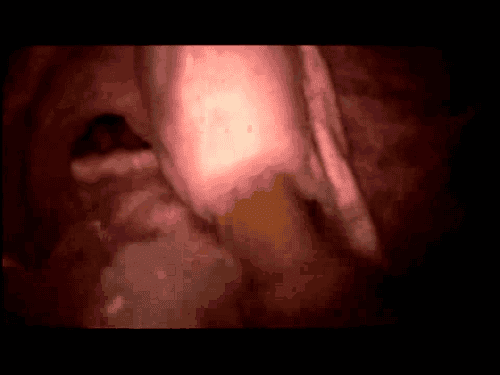
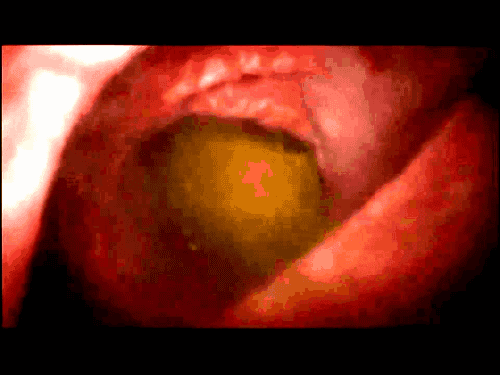
The rectum is the space that connects the colon to the anus. The functions of the rectum include:
Receiving waste from the colon Giving out signals that trigger our body to carry out the process of excreting stool Store stool until elimination takes place. The anus is the final part of the human digestive system. The anus consists of a series of muscles along the pelvis (pelvic floor muscles) and two other muscles called the anal sphincter (internal and external).
Pelvic floor muscles create an angle between the rectum and anus, preventing waste from passing out unnecessarily. The anal sphincter controls the movement of waste. In particular, the internal anal sphincter is always kept closed (unless stool enters the rectum), in order to control the release of stool and waste while we are asleep or do not feel the need to have a bowel movement. When we feel the urge to defecate, the external anal sphincter prevents the release of stool until we begin to defecate.
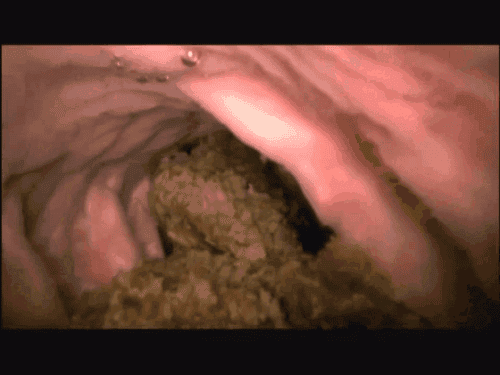
The digestive system includes the digestive tract stretching from the mouth to the anus and many participating organs such as the liver, bile ducts .. so any damage to these organs also affects the digestive system. .
Symptoms are diverse from chest pain, abdominal pain, belching, heartburn, heartburn, stool disorders, jaundice, anemia, weight loss. even life-threatening. Therefore, you should seek medical attention early when detecting any abnormal signs of the digestive system.
Vinmec hospital system provides gastrointestinal endoscopy examination according to Japanese standards with modern equipment to accurately detect digestive problems including early cancer diagnosis and treatment.
Please dial HOTLINE for more information or register for an appointment HERE. Download MyVinmec app to make appointments faster and to manage your bookings easily.
Translation source:
https://www.webmd.com/digestive-disorders/digestive-system
1
https://www.webmd.com/digestive-disorders/digestive-system
1-3





